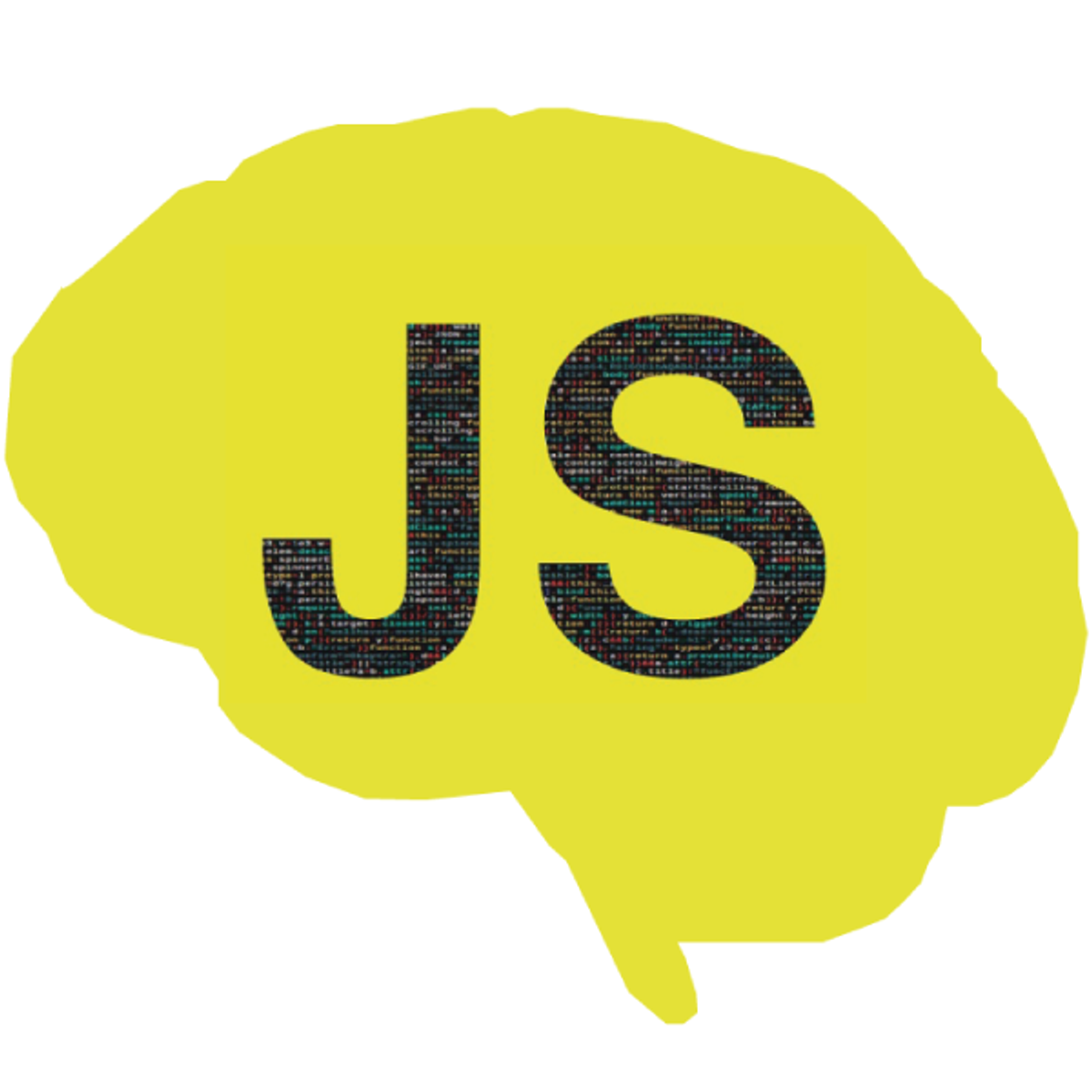Back to Courses









Computer Science Courses - Page 104
Showing results 1031-1040 of 2309

Digital Signal Processing 3: Analog vs Digital
Digital Signal Processing is the branch of engineering that, in the space of just a few decades, has enabled unprecedented levels of interpersonal communication and of on-demand entertainment. By reworking the principles of electronics, telecommunication and computer science into a unifying paradigm, DSP is a the heart of the digital revolution that brought us CDs, DVDs, MP3 players, mobile phones and countless other devices.
The goal, for students of this course, will be to learn the fundamentals of Digital Signal Processing from the ground up. Starting from the basic definition of a discrete-time signal, we will work our way through Fourier analysis, filter design, sampling, interpolation and quantization to build a DSP toolset complete enough to analyze a practical communication system in detail. Hands-on examples and demonstration will be routinely used to close the gap between theory and practice.
To make the best of this class, it is recommended that you are proficient in basic calculus and linear algebra; several programming examples will be provided in the form of Python notebooks but you can use your favorite programming language to test the algorithms described in the course.

Google Cloud Fundamentals for AWS Professionals
Google Cloud Fundamentals for AWS Professionals introduces important concepts and terminology for working with Google Cloud. Through videos and hands-on labs, this course presents and compares many of Google Cloud's computing and storage services, along with important resource and policy management tools.

A Complete Reinforcement Learning System (Capstone)
In this final course, you will put together your knowledge from Courses 1, 2 and 3 to implement a complete RL solution to a problem. This capstone will let you see how each component---problem formulation, algorithm selection, parameter selection and representation design---fits together into a complete solution, and how to make appropriate choices when deploying RL in the real world. This project will require you to implement both the environment to stimulate your problem, and a control agent with Neural Network function approximation. In addition, you will conduct a scientific study of your learning system to develop your ability to assess the robustness of RL agents. To use RL in the real world, it is critical to (a) appropriately formalize the problem as an MDP, (b) select appropriate algorithms, (c ) identify what choices in your implementation will have large impacts on performance and (d) validate the expected behaviour of your algorithms. This capstone is valuable for anyone who is planning on using RL to solve real problems.
To be successful in this course, you will need to have completed Courses 1, 2, and 3 of this Specialization or the equivalent.
By the end of this course, you will be able to:
Complete an RL solution to a problem, starting from problem formulation, appropriate algorithm selection and implementation and empirical study into the effectiveness of the solution.
Computational Thinking with JavaScript 3:Organise & Interact
This third course in the Computational Thinking with JavaScript specialization applies your developing JavaScript skills learned in the first two courses to the world of the web. You will learn how HTML and JavaScript together support the web pages with which we are so familiar, and develop skills so that you can create your own. As well as text presentation, at the heart of HTML, you will learn how to develop interactive, animated graphics, using JavaScript to dynamically add, remove and adjust the HTML objects on the screen. Furthermore, you will leave the more sheltered Coursera programming environment, working with external programming environments, and learning how to use new libraries. Through this practice with new application areas and new building blocks, we build on the computational thinking frameworks introduced in the earlier courses, focusing particularly on the challenges of maintaining a consistent understanding of the multiple computational representations required to master programming.

Security Platforms, IPsec, and Troubleshooting
This course will begin by examining IPsec VPNs and their functionality. You will learn how IPsec VPNs are configured, implemented, and monitored. You will then be introduced to Juniper’s highly flexible SSL VPN application—Juniper Secure Connect—examining its features, configuration, deployment, and monitoring. SRX Series troubleshooting, monitoring, and maintenance will also be examined along with an overview of the different types of SRX Series devices and interfaces.

Build a Lean Workflow with Kanban Frameworks in Miro
By the end of this project, you will be able to build a lean workflow applying the Kanban method to support efficient business process management.
To do this you will gain hands-on experience working in the Miro online visual collaboration platform for teamwork where you will leverage agile principles and the Kanban framework to produce a lean workflow.
Note: This course works best for learners who are based in the North America region. We’re currently working on providing the same experience in other regions.

Getting Started With Game Development Using PyGame
In this 1-hour long project-based course, you will learn how to create a basic single-player Pong replica using the PyGame library for Python, creating a welcome screen, a game that responds to user input to move the paddle, scoring, and a game over screen with user options. By the end of the course, learners will have a basic understanding of the PyGame library and will be able to create simple games built on shapes. No previous experience with PyGame is required, as this is a basic introduction to the library, but familiarity with Python is recommended.
Note: This course works best for learners who are based in the North America region. We’re currently working on providing the same experience in other regions.

Mastering the Software Engineering Interview
You’ve hit a major milestone as a computer scientist and are becoming a capable programmer. You now know how to solve problems, write algorithms, and analyze solutions; and you have a wealth of tools (like data structures) at your disposal. You may now be ready for an internship or (possibly) an entry-level software engineering job. But can you land the internship/job? It depends in part on how well you can solve new technical problems and communicate during interviews. How can you get better at this? Practice!
With the support of Google’s recruiting and engineering teams we’ve provided tips, examples, and practice opportunities in this course that may help you with a number of tech companies. We’ll assist you to organize into teams to practice. Lastly, we’ll give you basic job search advice, and tips for succeeding once you’re on the job.

Deploy Machine Learning Model into AWS Cloud Servers
By the end of this project, you will learn how to build a spam detector using machine learning & launch it as a serverless API using AWS Elastic Beanstalk technology. You will be using the Flask python framework to create the API, basic machine learning methods to build the spam detector & AWS desktop management console to deploy the spam detector into the AWS cloud servers. Additionally, you will learn more about how to switch between different versions of your web application & also, monitoring your AWS servers using Elastic Beanstalk Desktop Management Console.
Note: To avoid distraction for set up during the course, we would recommend that you create an Amazon AWS account beforehand. Amazon AWS provides a free tier option for 1 year & the course materials will utilize services that fall under the free tier option.

Mathematics for Machine Learning: Multivariate Calculus
This course offers a brief introduction to the multivariate calculus required to build many common machine learning techniques. We start at the very beginning with a refresher on the “rise over run” formulation of a slope, before converting this to the formal definition of the gradient of a function. We then start to build up a set of tools for making calculus easier and faster. Next, we learn how to calculate vectors that point up hill on multidimensional surfaces and even put this into action using an interactive game. We take a look at how we can use calculus to build approximations to functions, as well as helping us to quantify how accurate we should expect those approximations to be. We also spend some time talking about where calculus comes up in the training of neural networks, before finally showing you how it is applied in linear regression models. This course is intended to offer an intuitive understanding of calculus, as well as the language necessary to look concepts up yourselves when you get stuck. Hopefully, without going into too much detail, you’ll still come away with the confidence to dive into some more focused machine learning courses in future.
